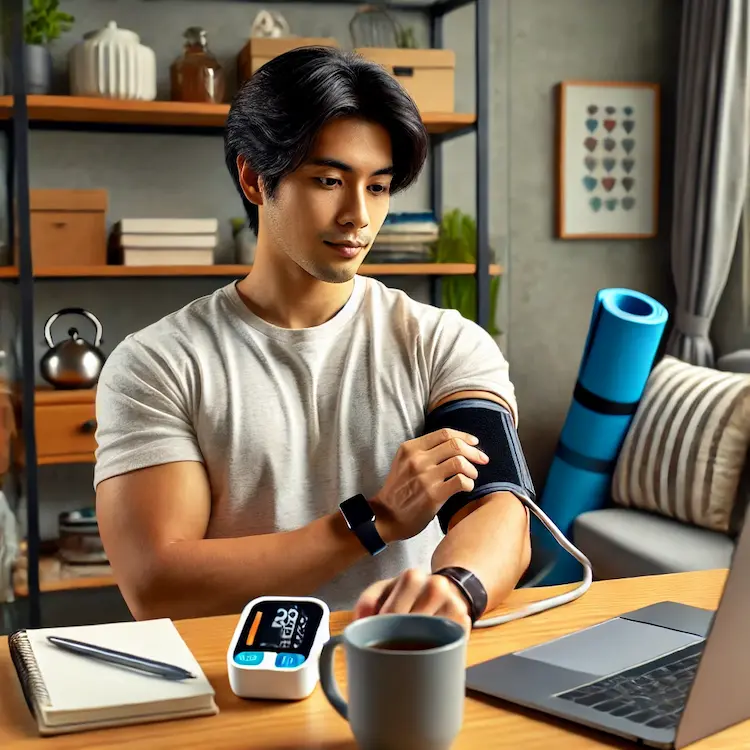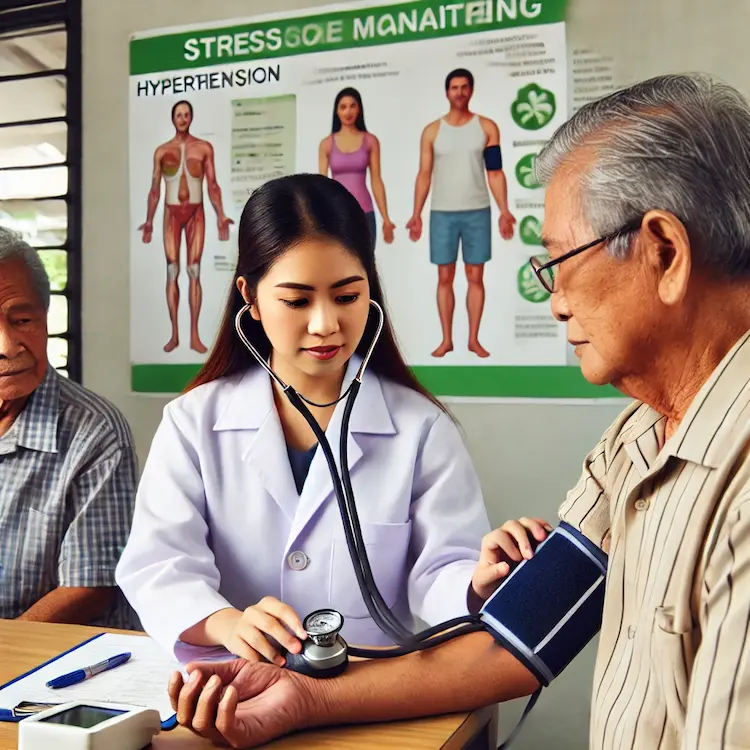Stress is an inevitable part of modern life, and its impact on health, particularly blood pressure, is well-documented. In the Philippines, where cardiovascular diseases remain a leading cause of mortality, understanding and managing stress is crucial. One effective approach is through regular monitoring of blood pressure using a sphygmomanometer, commonly referred to as a “sphyg.” This article delves into how monitoring blood pressure can aid in stress management, its significance in the Filipino context, and practical steps to implement this practice.
Stress triggers the body’s “fight or flight” response, releasing hormones that temporarily increase blood pressure by causing the heart to beat faster and blood vessels to narrow. While this response is natural, chronic stress can lead to sustained high blood pressure, or hypertension, increasing the risk of heart disease and stroke. In the Philippines, hypertension prevalence was reported at 28%, with equal rates among males and females, and a 9% unawareness rate.
Regular blood pressure monitoring serves as a proactive measure to manage stress and prevent hypertension. It allows individuals to observe how their blood pressure responds to stressors and lifestyle changes, facilitating timely interventions. Incorporating this practice can lead to better health outcomes and reduce the burden on the healthcare system.

Various methods are available for blood pressure monitoring, each with its advantages and considerations:
Traditionally, blood pressure is measured in clinical settings by healthcare professionals using manual or automated devices. While accurate, this method may not reflect an individual’s typical blood pressure due to “white coat hypertension,” where anxiety in medical settings elevates readings.
HBPM involves individuals measuring their blood pressure at home using personal devices. This method provides a more accurate representation of daily blood pressure levels and empowers individuals to take an active role in their health. However, in the Philippines, HBPM is not routinely practiced, with only about 25% of the hypertensive population having access to such devices. Barriers include cost, availability, and concerns about device accuracy.
ABPM is a non-invasive method that measures blood pressure at regular intervals over 24 hours, including during sleep, providing a comprehensive profile. This method is particularly useful for detecting white coat hypertension and masked hypertension. In the Philippines, ABPM services are available in select medical facilities.

For Filipinos considering blood pressure monitoring as a stress management tool, the following steps are recommended:
In the Philippines, perceptions of hypertension often include beliefs about genetics, heat, stress, and diet. Understanding these cultural factors is essential for effective health communication and intervention. For instance, the concept of “nasa dugo” (it’s in the blood) reflects a belief in genetic predisposition, which may influence attitudes toward monitoring and management.
Monitoring blood pressure with a sphyg offers a practical approach to managing stress and preventing hypertension, particularly in the Filipino context. By understanding the relationship between stress and blood pressure, utilizing appropriate monitoring methods, and considering cultural factors, individuals can take proactive steps toward better health.